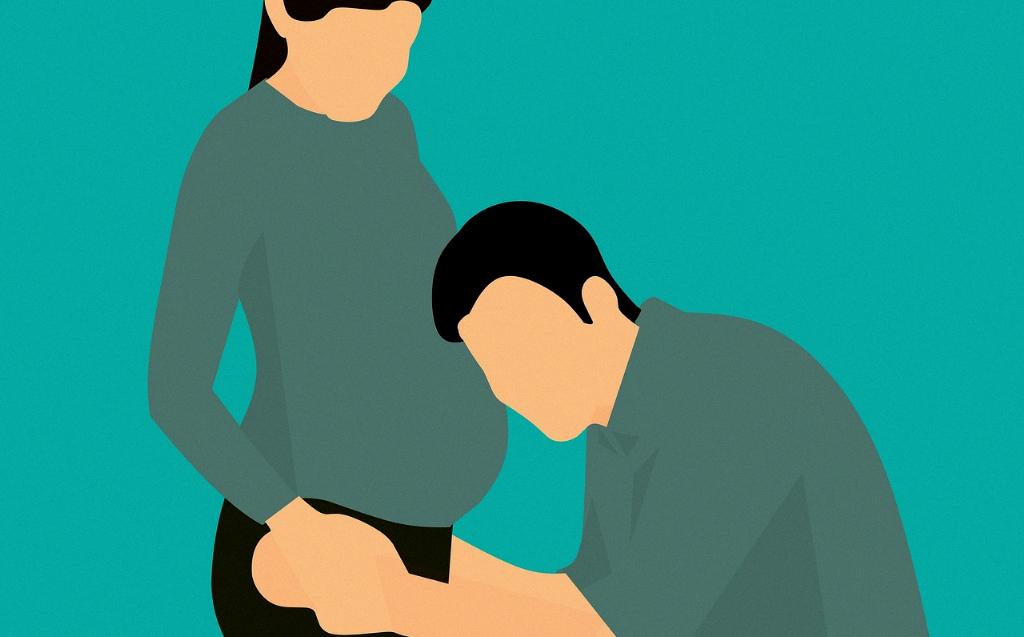During pregnancy, a woman’s body undergoes a multitude of changes to support the growth and development of the baby. One of the most significant changes is the increase in blood volume and the faster pumping of the heart to meet the increased demands of pregnancy. As a result, the blue veins in various parts of the body, such as the belly, breasts, and legs, may become more prominent.
Another common change that many women experience during pregnancy is the development of spider veins. These tiny, dilated blood vessels may appear on the face, neck, or arms due to hormonal fluctuations and the additional pressure on the circulatory system.
The hormonal changes that occur during pregnancy can also have a significant impact on the skin. Many women notice changes in their skin, such as increased oiliness, dryness, or sensitivity. Some may develop pregnancy-related skin conditions like melasma, also known as the “mask of pregnancy,” which causes dark patches to form on the face.
Weight gain is another major change that women experience during pregnancy. As the baby grows and the body prepares for childbirth, women typically gain weight to support the needs of the developing fetus. This weight gain is essential for a healthy pregnancy and is a natural part of the process.
One of the most noticeable changes that occur during pregnancy is the expansion of the abdomen as the baby grows. The uterus expands to accommodate the growing fetus, pushing the abdominal wall forward and causing the belly to protrude. This growth is gradual and can vary in size and shape from woman to woman.
Changes in the breasts are also common during pregnancy. Due to hormonal fluctuations and increased blood flow, the breasts may become larger, more tender, and sometimes even lumpy. These changes are all part of the body’s preparation for breastfeeding after the baby is born.
Many women experience changes in their hair and nails during pregnancy as well. Some may notice that their hair becomes thicker and more lustrous, while others may experience hair loss or changes in texture. Similarly, nails may grow faster and become stronger due to the hormonal fluctuations in the body.
Another significant change that women experience during pregnancy is an increase in vaginal discharge. This discharge, known as leukorrhea, is a normal response to hormonal changes and helps to prevent infections in the birth canal. While an increase in vaginal discharge is normal, women should consult their healthcare provider if they notice any unusual changes in color or odor.
Many pregnant women also experience changes in their energy levels and sleep patterns. Fatigue is a common symptom of pregnancy, especially in the first and third trimesters, as the body works hard to support the demands of pregnancy. Changes in hormone levels and physical discomfort can also disrupt sleep patterns, leading to insomnia or frequent awakenings during the night.
Changes in mood and emotions are also common during pregnancy. Hormonal fluctuations, physical discomfort, and the stress of preparing for a new baby can all contribute to mood swings, anxiety, or feelings of sadness. It is important for women to seek support from their partner, friends, or healthcare provider if they are struggling with their emotional well-being during pregnancy.
In conclusion, pregnancy is a time of significant change for a woman’s body, both physically and emotionally. It is essential for women to be aware of these changes and to seek appropriate care and support throughout their pregnancy journey. By understanding the major changes that occur during pregnancy, women can better prepare for the challenges and joys of welcoming a new life into the world.

